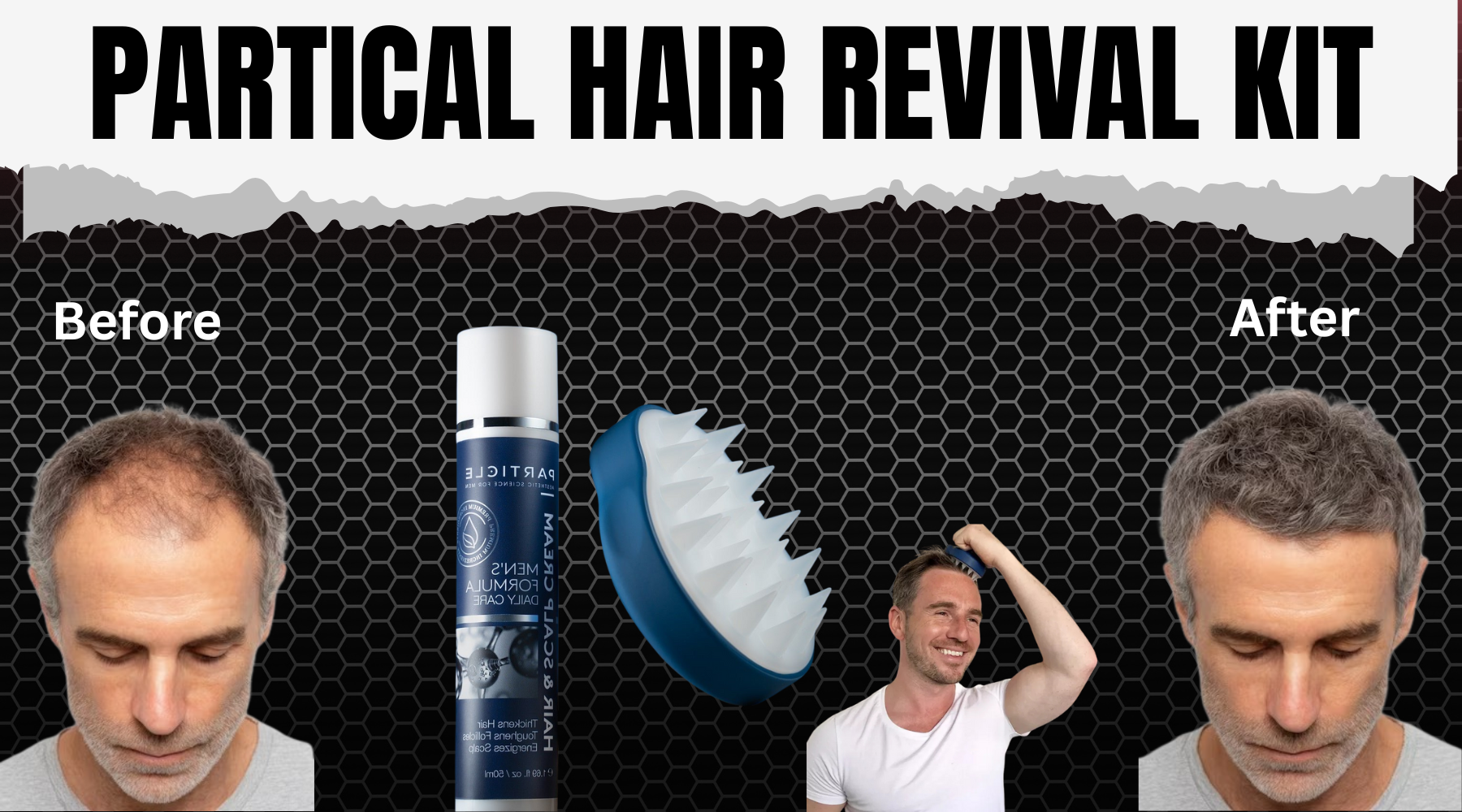How To Wash Synthetic Wigs & Human Hair Wigs?
If you’re new to wearing wigs, figuring out how to wash a wig can be confusing.
How many days should you wait between washes? What type of wig care products should you use? Should you wash your wig yourself or let a stylist do it? How do you avoid damaging your wig while you’re washing it?
Like most things in life, proper wig care takes practice!
When you start regularly washing your wigs correctly, you’ll notice that they look newer for longer periods of time.
Here are some tips and tricks to help you:
- Keep your wig looking gorgeous for longer than ever
- Stop ripping, stretching, or damaging your wig cap
- Reduce tangles, frizziness, matting, and shedding
- Maintain luster
Wig Care Products
Which wig products you need (and which ones you don’t)
Regardless of whether you wear human or synthetic hair wigs, extensions, or hairpieces, there are some essential products everyone needs.
These include:
- Wig Stands
- Synthetic or Human Hair Shampoo (except for extension wearers)
- Synthetic or Human Hair Conditioner (except for extension wearers)
- Wig Combs & Brushes
- Towels
- Detangler
- Finishing Spray
Never, ever use regular hair care products on your wigs. Harsh chemicals in regular shampoos, conditioners, and styling products will cause irreversible damage to both synthetic and human hair wigs.
Natural hair products will make your wigs look frizzy, matted, or unnaturally shiny.
Instead, choose products like the Jon Renau HD Smooth Detangler or the Revlon Wig Finishing Spray. They’re made with gentle formulas designed to maintain the longevity of your wig.
You shouldn’t use a standard hairbrush or comb on your wigs either. The bristles of everyday brushes will rip out wig hair and tear the cap. Invest in a wig comb like the Jon Renau Wide Tooth Comb or the Revlon Folding Brush.
How to Wash a Human Hair Wig
Not the same as caring for your natural hair
Many people assume that because human hair wigs are made of real hair, they can wash them the same as they would their natural hair, but that just isn’t the case.
Most human hair wigs are made with hair that has been dyed and chemically processed. This process not only removes the cuticle but also allows brands to offer a semi-consistent color palette.
Unfortunately, the process also weakens the fiber of the hairs and makes the hair more delicate.
How often to wash a human hair wig?
For all types of wigs and extensions, how often you should wash your wig depends mainly on where you live.
Ideally, you should only wash your human hair wig every 7 - 14 days.
But if you live in a humid climate where your scalp gets sweaty underneath your wig, or your style deflates or becomes frizzy quickly, you’ll need to wash your wig more often.
Washing Your Human Hair Wig, Step by Step
- Before you turn on the tap, gently comb your wig. If you have a curly hair wig, use your fingers to gently remove the tangles, rather than tearing at them with a comb.
- In a small sink or bowl, add enough cold water to make sure it’s full. Hot water will cause damage to wig hair fibers. Then mix in no more than a tablespoon of your wig shampoo.
- Place your hands gently inside the cap, turn your wig inside out, then fully submerge your wig in the water. Gently swirl the wig around, then set a timer for five minutes and leave it to soak.
- After the five minutes is up, gently lift the wig out of the soapy water, drain the sink or bowl, and run the wig under cold water until the water runs clear.
- Apply about a tablespoon of wig conditioner to your wig and run it through with your fingers. Leave it in the now clean sink or bowl for two minutes.
- Rinse the wig gently under cold water until the water runs clear.
- Wrap your wig in a towel and lightly squeeze or pat out the excess water.
- Spritz a conditioning spray onto the wig, then leave it to dry on a wig stand.
- Let the wig dry completely before combing, brushing, or styling.

How to Wash a Synthetic Hair Wig
Being gentle with harsh chemicals
Imagine the fibers of your synthetic wig like a lace dress. Without proper care, the lace will become frayed and individual strands will stick out.
If you aren’t caring for your synthetic wig correctly, it can quickly go from stylish to frizzy and frayed. Think about the woman who dyed her hair platinum blonde year after year and forgot to deep condition. That’s what your synthetic wigs will look like if you don’t properly wash them.
How often to wash a synthetic wig
If you wear your synthetic wig daily, you should wash it at least once a week. Synthetic wigs have “style memory” and if you neglect to care for your wig, they’ll stop bouncing back.
Just like with human hair wigs, if you live in a hot, humid climate, you’re going to need to wash your wigs more often.
How to wash a synthetic wig
- Before washing your wig, gently brush it through with a wig brush if you have a straight style, or comb it through with your fingers if you have a curly style.
- In a small sink or bowl, add enough cold water to make sure it’s full. Hot water will cause damage to wig hair fibers, especially on synthetic wigs. Then mix in no more than a tablespoon of your favorite wig shampoo.
- Place your hands gently inside the cap, turn your wig inside out, and fully submerge your wig in the water. Gently swirl the wig around, then set a timer for five minutes and leave it to soak.
- After the five minutes is up, gently lift the wig out of the soapy water, drain the sink or bowl, and run the wig under cold water until the water runs clear.
- Apply about a tablespoon of wig conditioner and run it through your fingers. Leave it in the now clean sink or bowl for two minutes.
- Rinse the wig gently under cold water until the water runs clear.
- Wrap your wig in a towel and lightly squeeze and pat out the excess water.
- Spritz a conditioning spray on the wig, then leave it to dry on a wig stand.
- Let the wig dry completely before combing, brushing, or styling.
*Note: It is especially important with synthetic wigs to let them dry naturally. Even with heat-friendly synthetic wigs, hair dryers can damage to the fibers.
Yes, you need to wash extensions, too
Hair extensions are difficult to wash because you can’t remove them with each wash.
Because you’ll be washing your extensions at the same time as your natural hair, it’s important to use shampoos and conditioners that are healthy for your scalp.
You can always replace your extensions, but you only get one body!
If you can, try to use a sulfate free, fragrance-free, hydrating shampoo and conditioner. These types of hair care products will do the least possible damage to your extensions.
How often should I wash my extensions
This isn’t as easy as telling you “as often as you wash your regular hair,” because that means different things to different people.
Extensions tangle and ‘get frizzy’ more often than human hair, so it’s important to wash your hair at least once every two days.
How to wash hair with extensions
- Try to keep your hair as clean as possible and carry a comb with you. Tangles occur when dirt or sweat builds up, and tangles in extensions are harder to get out than tangles in your natural hair.
- Brush your hair and remove all the tangles before washing it. If you have a particularly difficult tangle, grip the extension above the tangle while you brush below it. You need to be careful to not pull at the weave itself.
- Get in the shower and turn it on cold (it’s better for your skin AND your wigs!). After your hair is wet, evenly distribute a tablespoon of shampoo in your hair and wash it in a downward motion. Gently press products into the weave, but avoid rubbing or scrubbing.
- Rinse your hair in cool to cold water, and repeat the process with conditioner.
- After you get out of the shower, wrap your hair in a cotton towel (cotton will cause the least amount of friction) and gently pat out the excess water. Don’t rub.
- Before your hair dries, apply a hydrating spray to your scalp. This will help the weave from getting hard and tight.
- With a synthetic weave, allow the hair to air dry. For human hair weaves, you can either air dry your hair or blow dry it on very low heat.
We hope this helps you take better care of your wigs and extensions!
For more advice, check out: The First Time Buyer’s Guide, Choosing the Best Wig Color, or Human Hair Wigs vs. Synthetic Wigs.










If you have a front loading washing machine and your hairpiece is synthetic you can put it in a pillowcase or drawstring net lingerie laundry bag and wash it on the DELICATES cycle in COLD water. Use Woolite as “shampoo” and a regular laundry conditioner, NO harsh detergents. Remove promptly and air dry. (Someone’s put a Youtube video up showing how they did this successfully with their synthetic wigs).
The hairpiece I wear smells like sweat, even after I’ve recently washed it. How can I get rid of a “sweaty” odor in the hairpiece?